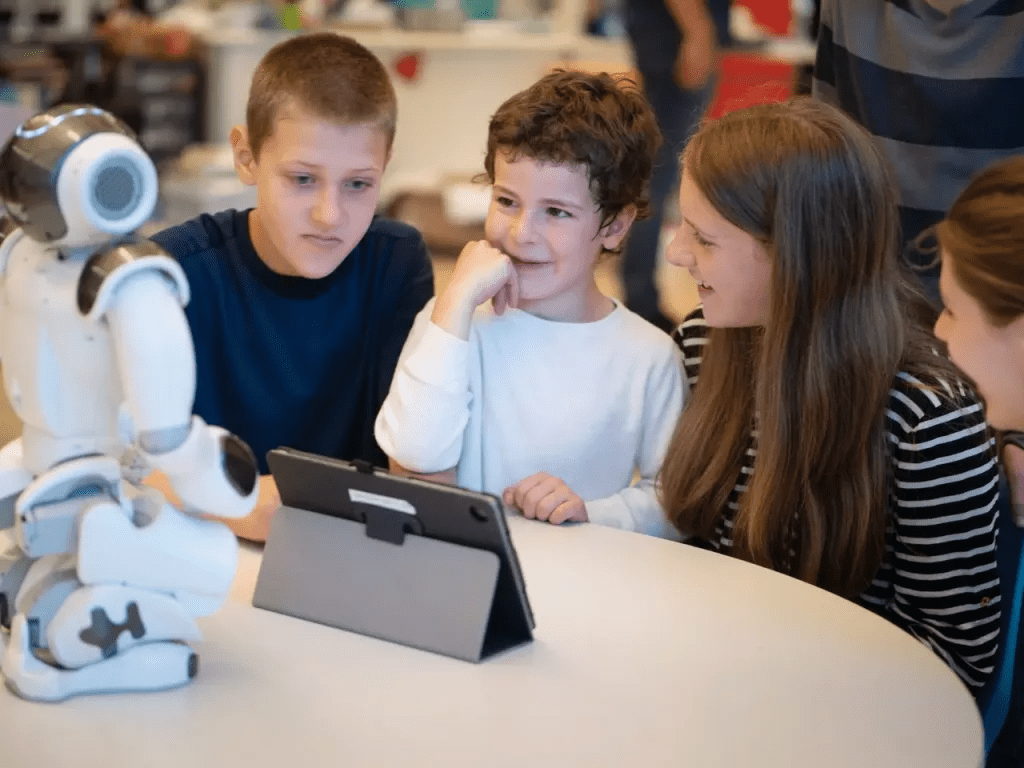Assistive technology has allowed many children and adults with special needs to live a full life. Let’s talk more about the impact of assistive technology and education for children with special needs, particularly children with autism. Let’s discuss more about the influence of assistive technology in special education.
What is Autism?
Autism, also known as Autism Spectrum Disorder (ASD), refers to a broad range of conditions with categories based on the person’s abilities and challenges in social, behavioral, speech, and communication skills. It is a developmental disorder that can be diagnosed from early infancy. Individuals with autism process and apply learning differently than neurotypical peers.
People who have this condition are generally observed to have difficulty processing social cues and find it challenging to relate to others. They also have a hard time communicating with their peers because of their speech and language processing differences.
What is Assistive Technology?
Assistive technologies are devices or equipment that provide assistance to individuals with learning, developmental, or behavioral disabilities, in order to accomplish tasks, perform work, and participate in the community in ways that are otherwise difficult without aid.
Examples include the following:
● listening systems
● speech-to-text or text-to-speech software
● reading guides
● writing supports
● electronic learning sheets/activities
● Robot-Assisted Instruction
Discover the advantages of Robot-Assisted Instruction, enhancing special education methods for children with disabilities. Visit us here to learn more!
Benefits of Assistive Technology For Children With Autism
Assistive technology provides individuals with tools that allow them to more successfully communicate and engage with others and with learning. They are powerful tools educators can use to help students unlock their learning potential. There are many different types of assistive technology and educational software programs available to help students with special needs. These software programs are well-designed to help students perform the tasks that they may not easily accomplish on their own, such as the following: communication, executive functioning, and social interactions.
Communication
Children with autism often have low communication skills. Some don’t have the ability to talk at all, while most are unable to understand facial expressions or body language. A person may respond to spoken words, sign language, or hand movements, but not with eye contact. Technology that provides communication support, such as speech-to-text or text-to-speech software can empower individuals with autism to express their thoughts and ideas with others.
Executive Functioning
Planning and organization skills are essential for daily living. Some people with autism have a different way of approaching and organizing their day, which can affect their ability to plan and manage routines. Individuals with autism that lack the ability to follow a plan can use assistive technology. A visual schedule can help a child or adult with autism to organize tasks throughout the day and keep them on schedule. Simple organization charts or innovative apps can include unique images or symbols to remind the users of their daily routine. The photos can be seen on the user’s phone or tablet, so he or she knows what activities are needed for the day and what pictures are to be marked as completed once those tasks are accomplished. Using technology that aids their executive functioning skills can be a critical tool to support an individual with autism in managing and completing daily tasks and goals.
Social Skills
Many individuals with autism have neurological differences in their interpretation and understanding of social interactions, which can result in difficulties relating to others, disinterest in social situations, differences in communication styles and engaging in activities repetitively. Assistive devices can teach social skills they can accomplish one step at a time and help them improve along the way through practice and repetition.
Assistive Technology to Adapt the Learning Environment
Assistive technology can even be used to adapt the learning environment for a child to match their learning styles and needs. Suppose a child does better in a more visual environment. Using software or a system that renders pictures, other types of images, sound, or text could increase the learner’s ability to perform tasks in a visual environment and can be beneficial for many children with special needs. These apps can ultimately enrich learning experiences for visual learners by providing scaffolds to help children learn and improve.
Conclusion
Assistive Technology has come a long way since the first software programs were developed. Today, we have access to computer-based educational programs that can be accessed through the internet. Students who have a learning disability can use these computer-based programs to learn a variety of subjects.
We live in an information age, which means that we are frequently on the lookout for new ways to provide our students with the extraordinary benefits that technology offers. We want to give our students access to educational opportunities that they simply cannot do on their own. This is a perfect example of how technology is not only beneficial but also saves time and money. By using the newest technology in classrooms, students can reach their full potential in terms of learning. Assistive Technology is indeed a way to help mentally, socially, and behaviorally challenged individuals to achieve educational goals while ensuring that they remain comfortable in a special learning environment.
Find out about the latest innovations in assistive technology for children and adults with autism and requiring special education. Contact us today!

